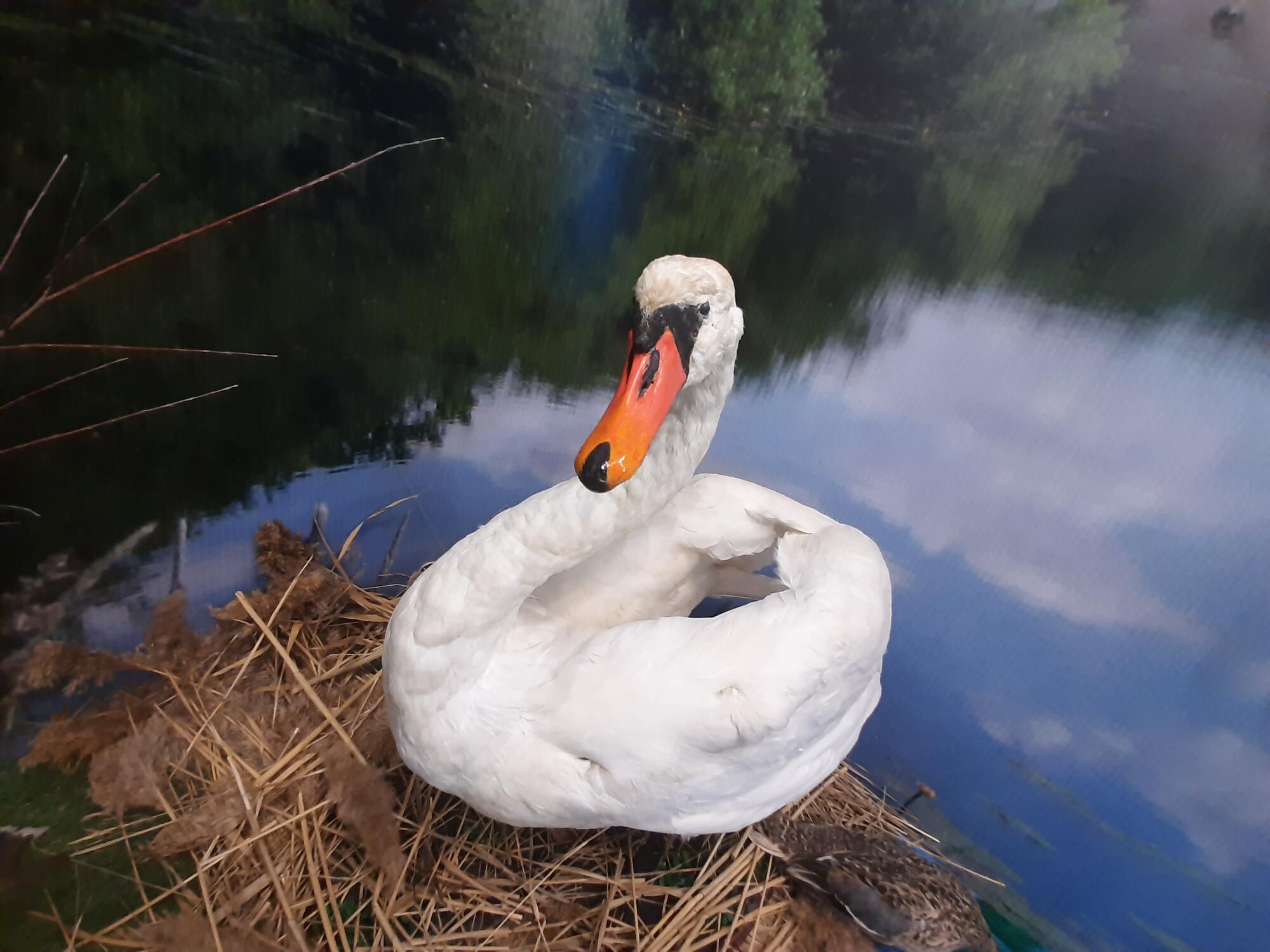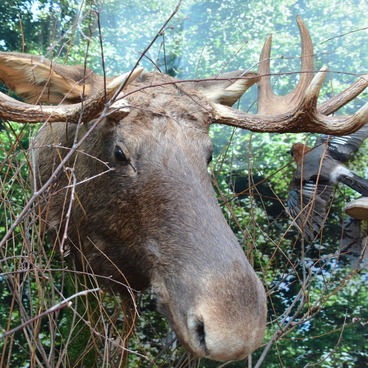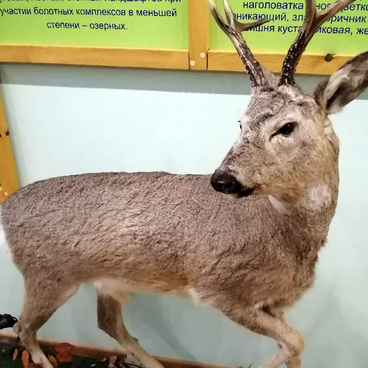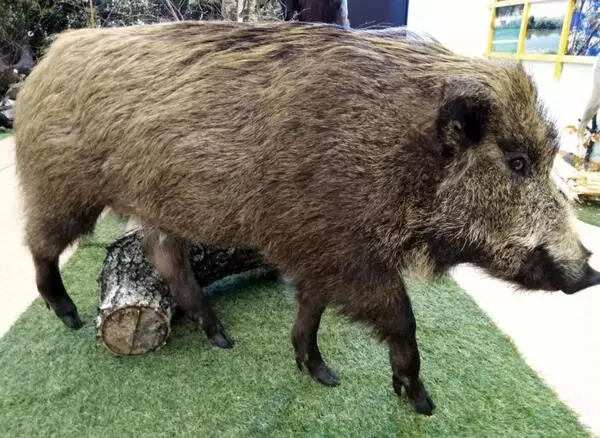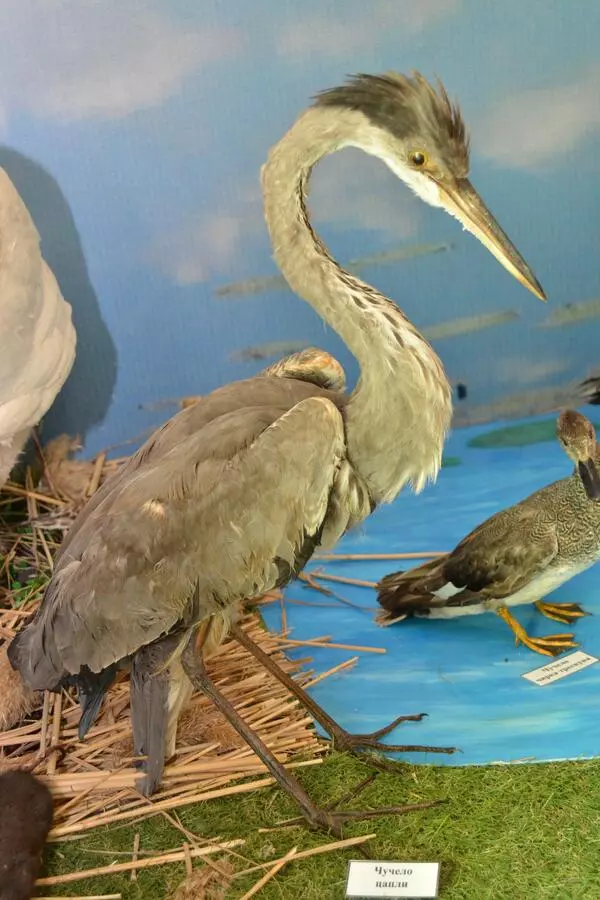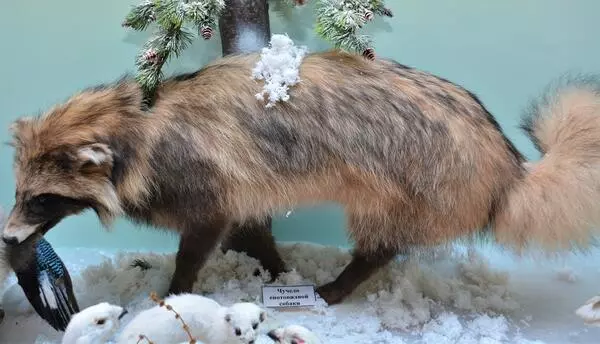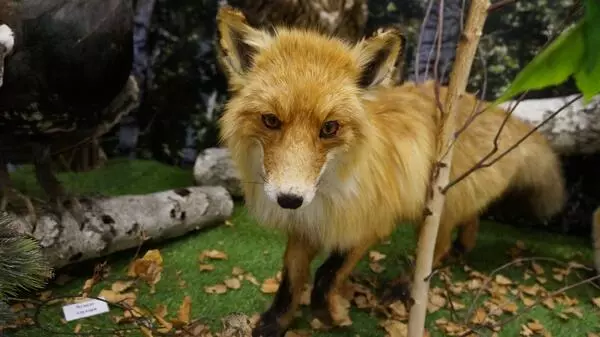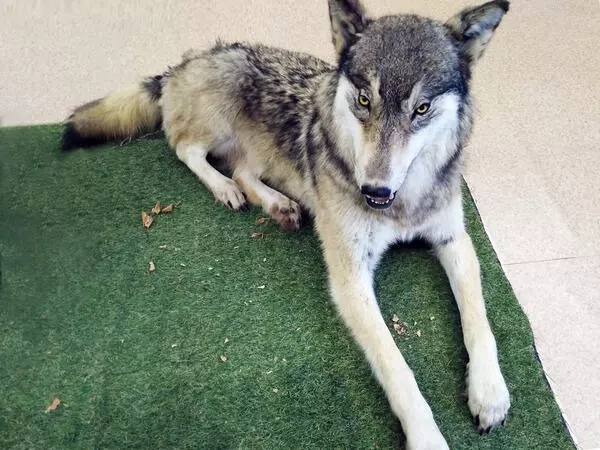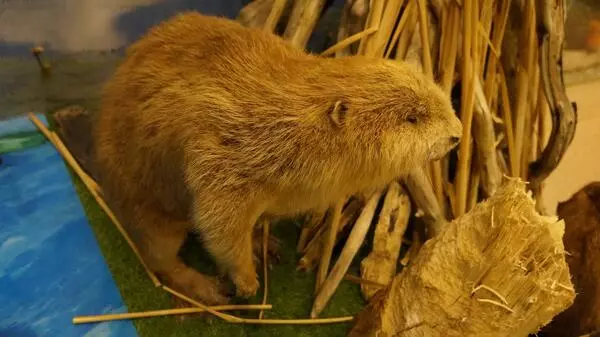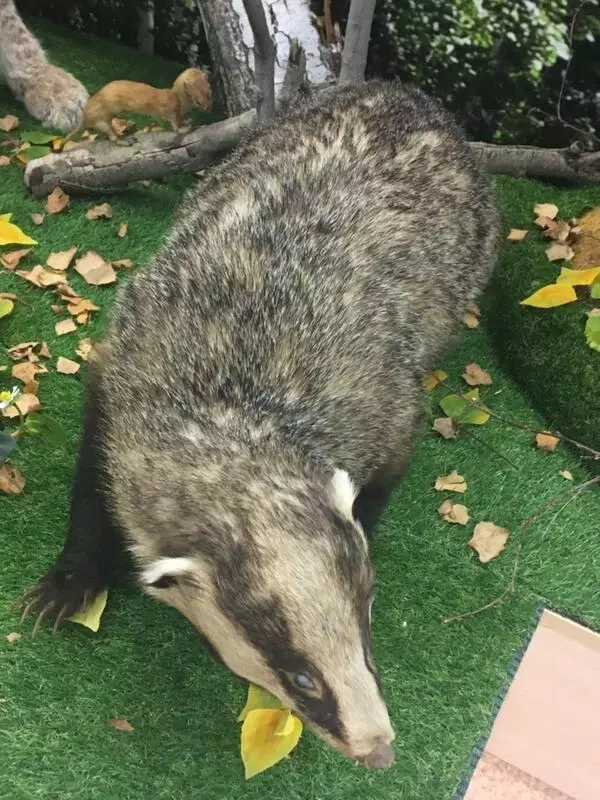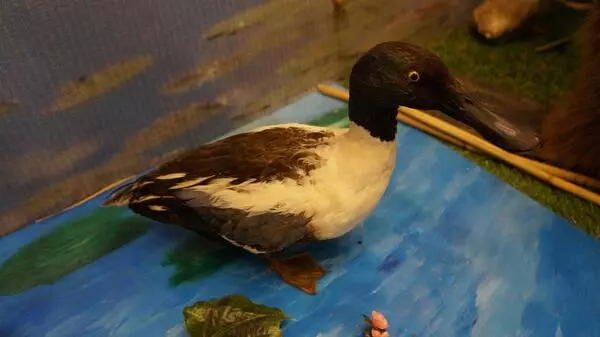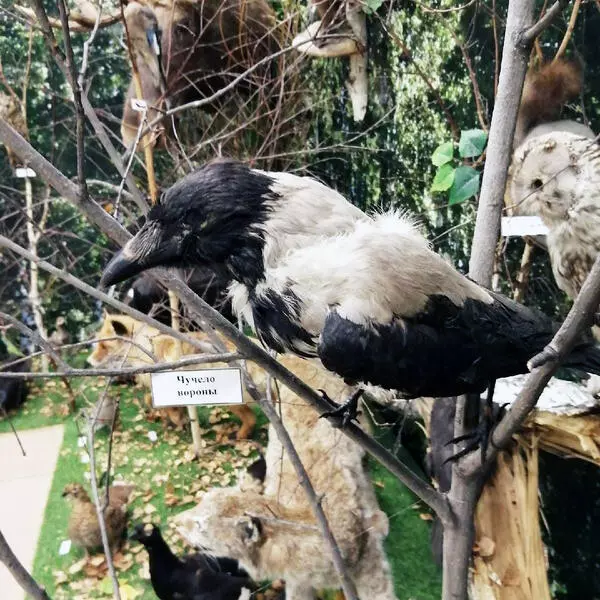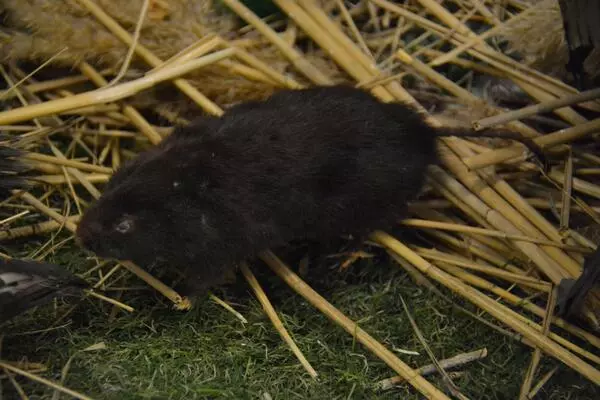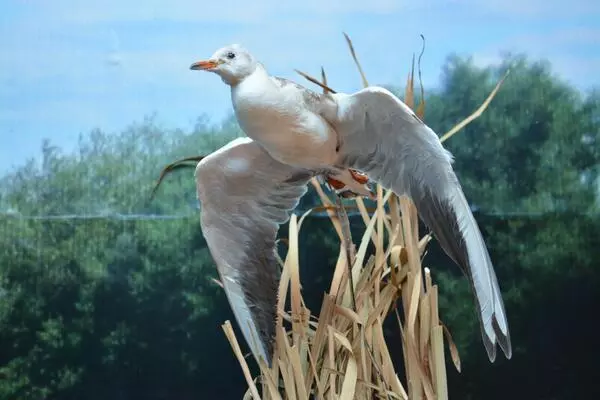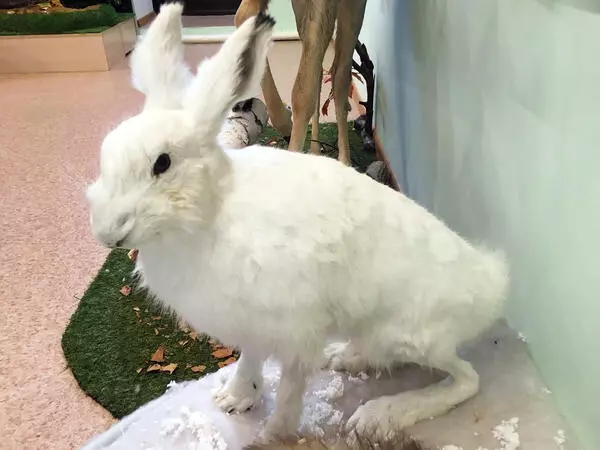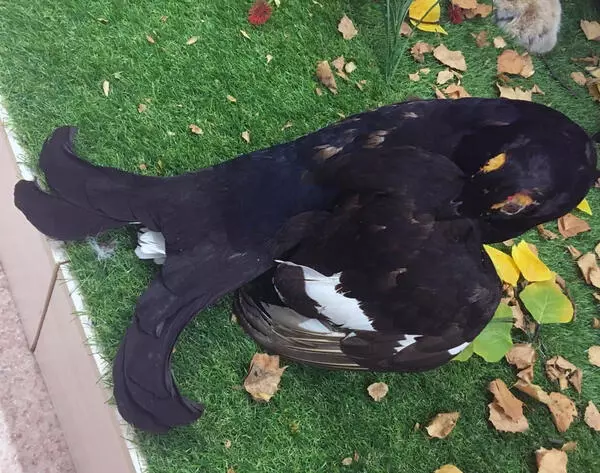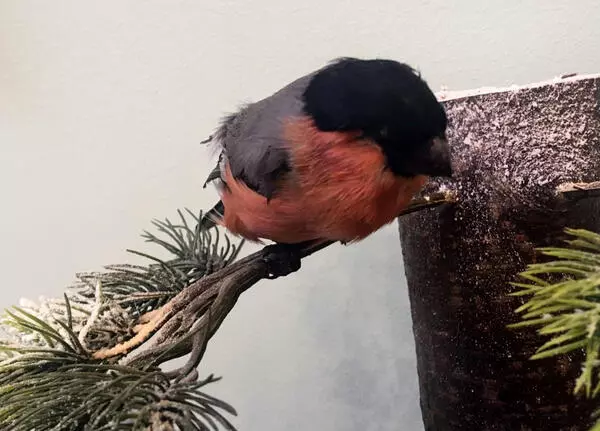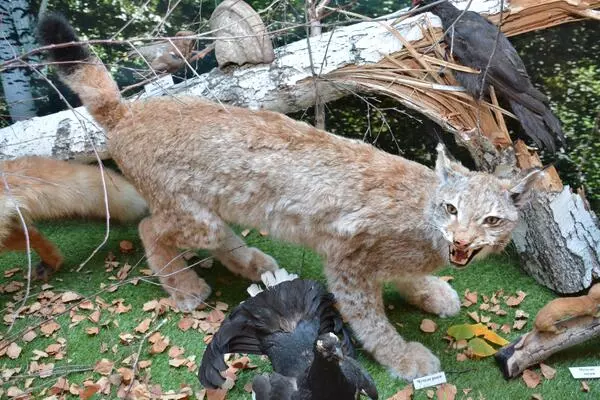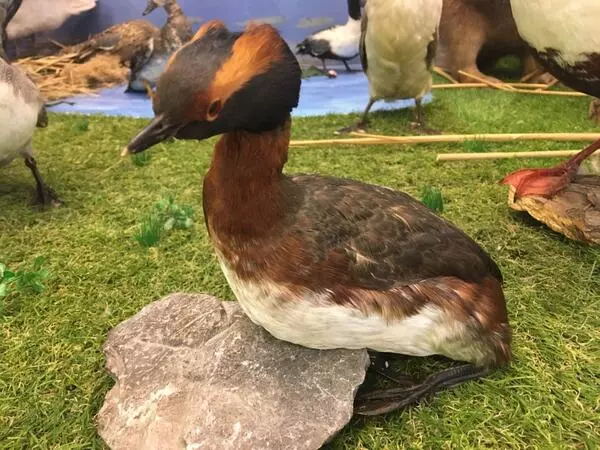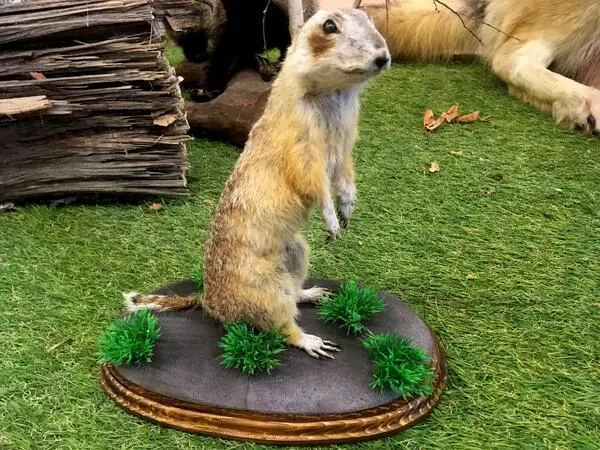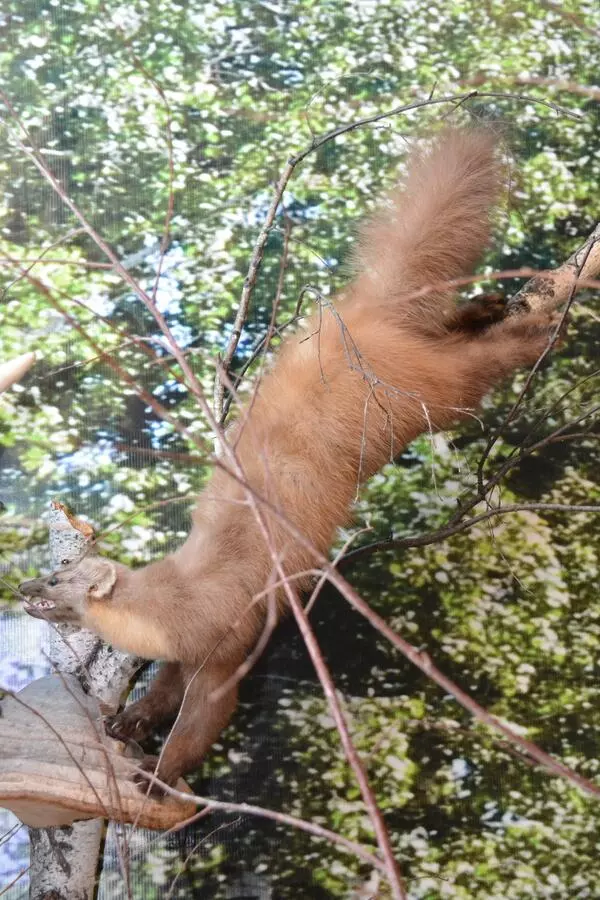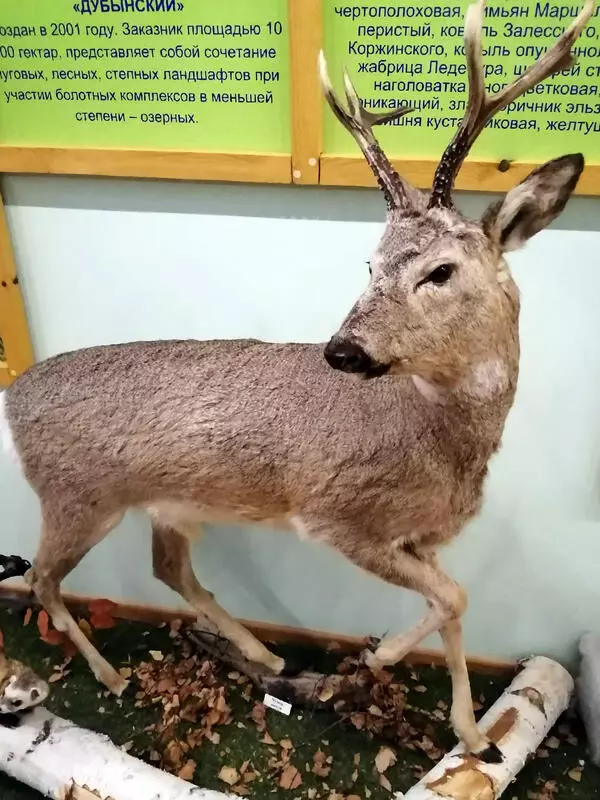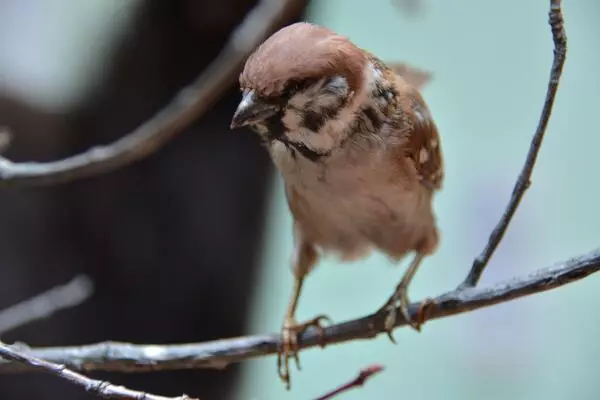With a wingspan of up to three meters and a weight of at least 15 kilos, the swan is the largest bird in the Anatidae /əˈnatəˌdē/ family. The swan’s dense and waterproof coat can be totally white, grey, or black depending on the species. Swans eclipse many other birds in beauty, gracefulness, and elegance. For centuries, people have been adoring many unique traits of swans. It is not surprising because swans are majestic and proud birds, and their fidelity has been praised in legends and songs.
The mute swan inhabits Asia and the northern regions of Europe. However, the bird is hard to find, but the population is slowly growing thanks to action taken by people. The mute swan prefers overgrown waters, such as lagoons, lakes, sometimes marshes. When swimming, the mute swan often curves its neck so as it resembles the character S and raises its wings a little. It is easy to tell the mute swan from other swans by its distinctive silhouette. Adult swans feed on small water animals and plants. They plunge their neck in shallow water and nuzzle in the mud searching for rootstock and young springs. Swans usually feed in the morning and evening.
The mute swan mates for life when it is three or four years old. They make nests on the ground near water, in the reed, or in the backwater—away from human residential areas. During the nesting season, males become very territorial and would hiss to chase intruders away from their territory. Swans lay five to eight eggs that are primarily brooded by the female. Both parents take care of their cygnets for four to five months. Cygnets follow their mother everywhere and sit on her back, which safeguards them against large pikes and other dangers. Cygnets become independent at the age of 120 to 150 days.
In the wild, swans usually live about 20 years. Captive swans can live for 30 years. There are only six swan species remaining on Earth, while the number of extinct ones is 10. A full ban on swan hunting was introduced in the 1960s. Since then, protection and feeding by people have been boosting the swan population. The mute swan gets easily accustomed to captivity and semi-captivity. The species is often kept in waters of city parks, gardens, and various resorts.
The mute swan inhabits Asia and the northern regions of Europe. However, the bird is hard to find, but the population is slowly growing thanks to action taken by people. The mute swan prefers overgrown waters, such as lagoons, lakes, sometimes marshes. When swimming, the mute swan often curves its neck so as it resembles the character S and raises its wings a little. It is easy to tell the mute swan from other swans by its distinctive silhouette. Adult swans feed on small water animals and plants. They plunge their neck in shallow water and nuzzle in the mud searching for rootstock and young springs. Swans usually feed in the morning and evening.
The mute swan mates for life when it is three or four years old. They make nests on the ground near water, in the reed, or in the backwater—away from human residential areas. During the nesting season, males become very territorial and would hiss to chase intruders away from their territory. Swans lay five to eight eggs that are primarily brooded by the female. Both parents take care of their cygnets for four to five months. Cygnets follow their mother everywhere and sit on her back, which safeguards them against large pikes and other dangers. Cygnets become independent at the age of 120 to 150 days.
In the wild, swans usually live about 20 years. Captive swans can live for 30 years. There are only six swan species remaining on Earth, while the number of extinct ones is 10. A full ban on swan hunting was introduced in the 1960s. Since then, protection and feeding by people have been boosting the swan population. The mute swan gets easily accustomed to captivity and semi-captivity. The species is often kept in waters of city parks, gardens, and various resorts.
